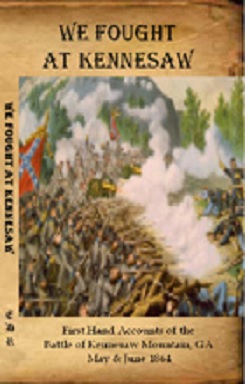CHAPTER X.
CARTERET COUNTY.
THIS county has the honor of being the first land sighted by the expedition sent out under the auspices of Sir Walter Raleigh to this continent. Two ships, one called "the Tiger," and the other "the Admiral," commanded by Philip Amadas and Arthur Barlowe, after entering the Ocracocke Inlet, sailed up the sound, and landed on Roanoke Island, now in Dare County, in July, 1584.
The patent from Queen Elizabeth to Sir Walter Raleigh, as well as the report of the officers, is recorded in Hakluyt's Voyages, III., 301.
No people have a clearer, and more perfect record of history than the people of our state. From this time to the present, it is preserved in veritable and intelligible language.
No fabled fugitives from justice, no Norman tyrant with force of arms, no Pizarro bent on spoil and plunder, formed the first civilized settlement of our country; but "men, high-minded men," under the peaceful commission of lawful authority, and with the cordial consent of the native inhabitants of the country,
"-- were the first that ever burst
Into that silent sea."
What a proud record for our contemplation and pride!
Connected with the name of Carteret, is a tradition that this was the refuge of the colony of White, who was the Governor of Roanoke Island In the year 1590, he returned to Carolina, after a visit in England of over a year's duration, but his colony had disappeared.
White only discovered the word "Croaton" carved on the bark of a tree. Doubtless they had become amalgamated with the native Indians, for some of these had blue eyes, and said "their parents could read from a book;" and there are names extant in Carteret corresponding with the names of White's colony.*
* See Hawk's History of North Carolina, I., 100, 202.
Subsequently (1712,) the Indians, especially the Cores and Tuscaroras, waged a bloody and destructive war upon the whites in this region. Much property and many lives were destroyed, among them, John Lawson, the earliest historian of the state. His work was published in London in 1709, and is considered as good authority, giving the best description of North Carolina, its products and natural history.
Lawson's book has been so highly appreciated, that the legislature ordered it be reprinted. The original copies are very rare.
He gives a particular account of the manners and customs of the different tribes of Indians of Carolina. The account he gives of their cruelty to prisoners is graphic and terrible, and was most fearfully realized by Lawson in his own person. He says:
"Their cruelties to their prisoners are such as none but Devils out of Hell could invent. They never miss skulping of them, which is to cut the skin from the temples, and taking the whole head of hair along with it. Sometimes they take the top of the skull with it, which they preserve and carefully keep by them for a trophy of their conquest over their enemies. Others keep their enemy's teeth which are taken in war, whilst others split pine into splinters and stick them into the prisoner's body, yet alive, then they light them which burn like so many torches, and in this manner they make him dance around a

| Index - Contents |
 |

Wheeler, John H.
476 pgs.
HARDBACK - $75.00
PAPERBACK - $55.00
CD-ROM - $9.79
COMBO - $65.00
EBOOK - $9.79
Hardback, Paperback, CD-ROM or Ebook

Rigdon, John C., Editor
CDROM - $35.00
COMBO - $50.00
DVD
|
| |||||
John C. Rigdon | |||||

|
|||||
| Ordering via EMAIL is easy. Click Here |
Orders may also be sent via U.S. Snail to:
Eastern Digital Resources
31 Bramblewood Dr. SW
Cartersville, GA 30120








